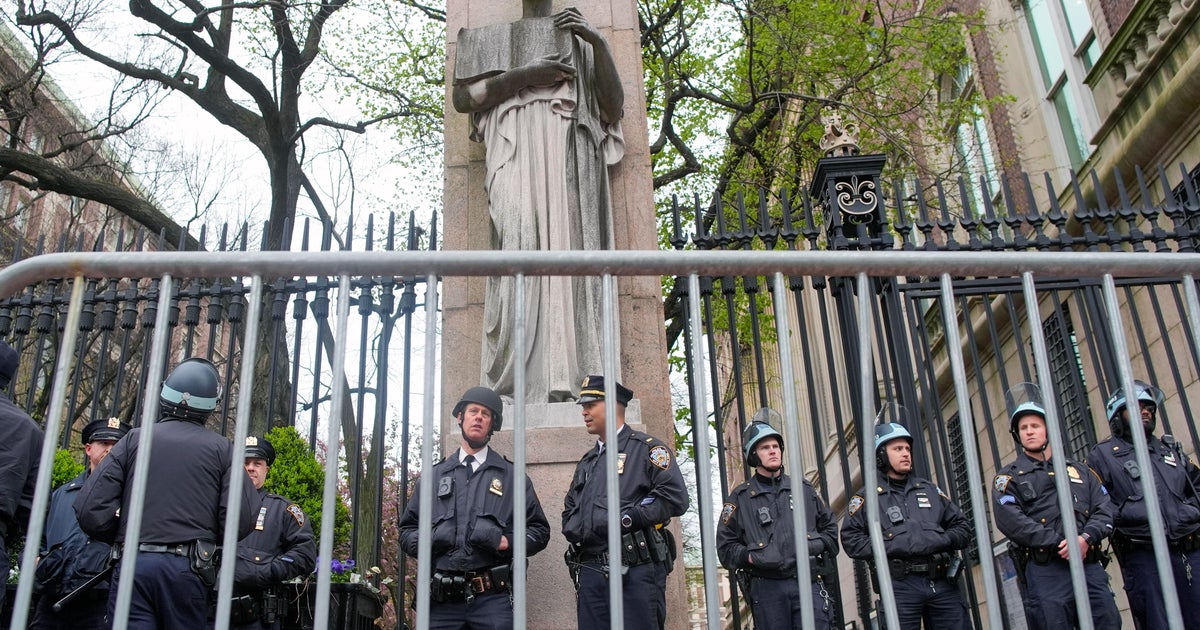MTA station agents begin leaving their booths to provide more direct customer service
NEW YORK -- More than 2,200 station agents are now stepping outside the subway booths and coming face to face with customers.
They're assisting with fare machines, particularly OMNY tap-to-pay, which will soon replace MetroCards. They're also monitoring cleanliness and reporting any issues.
The move saved their jobs and is better helping customers with questions.
Armed with a map, station agent Kim Serrano was out of the booth and interacting with subway riders on Thursday at busy Grand Central Terminal.
She was working non-stop.
The 23-year MTA employee said helping people is more efficient this way.
"I think the customers feel a lot better with the change also," Serrano said.
FLASHBACK: MTA chair says "ridership is surging" on subways, buses as agency reaches OMNY milestone
Three additional customer service centers have also been added for a total of nine in the five boroughs. All agents received cellphones and four days of training, including technology and safety lessons.
"What language do you use to sort of de-escalate a situation if someone is confrontational, maybe if someone has an emotional issue or mental health issue, you know, how do you address that appropriately," NYC Transit President Richard Davey said.
Davey said if someone is feeling really threatened or uncomfortable, they can always go right back into the booth.
But does their presence help riders feel any safer?
"They're not security," Christian Dior Simmons said.
Simmons said he's 50/50 on whether he feels safe riding the subway. He stands away from the platform edge to avoid being pushed.
"I stand in the middle," Simmons said.
Watch Elijah Westbrook's report
At Wednesday's MTA board meeting, there was talk of various pilot programs, like barriers installed at 57th Street.
"To provide an area for customers to stand safely away from the edge of the platform," said Jamie Torres-Springer, the MTA's president of construction and development.
READ MORE: Advocates for disabled send message to Gov. Hochul, MTA: Fix broken elevators at subway stations
One rider initially thought it was there to help traffic flow and didn't realize its actual purpose.
"I believe the people who stay close to the yellow line are probably still going to do that because that's just who they are. But I do believe that this does help," Jonathan Vargas-Talukdar said.
The MTA said it's testing on sensors and cameras on the front of trains to alert when someone is on the tracks, and the agency is using artificial intelligence to make existing cameras more effective.
"To help predict and alert us to erratic and dangerous behavior on the platforms," Torres-Springer said.
Subway crime is down compared to last year. Ridership is at 65% of pre-pandemic levels.
The union representing station agents -- TWU Local 100 -- says the move to take agents out of the booth protected their jobs because they "were under a very real threat from OMNY."
The agents also got a raise of $1 per hour.




